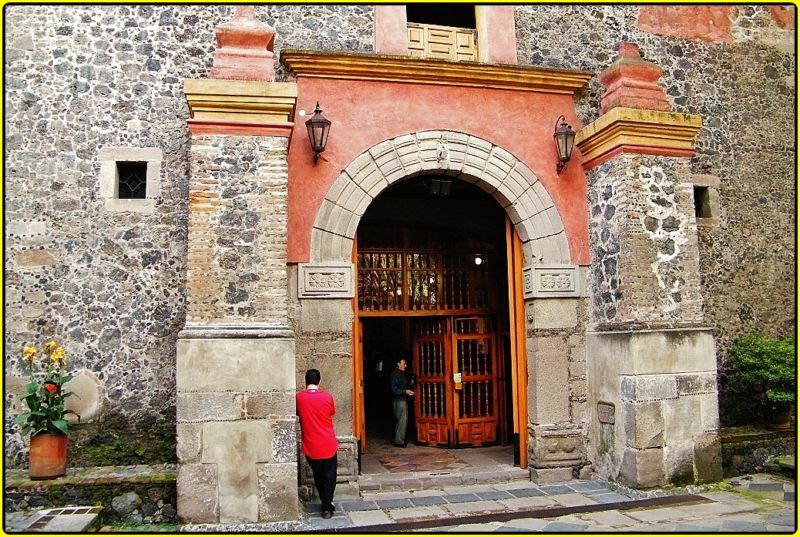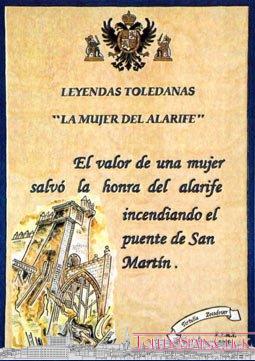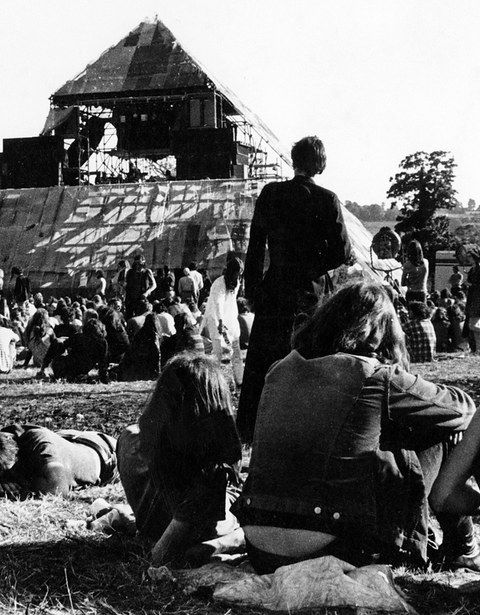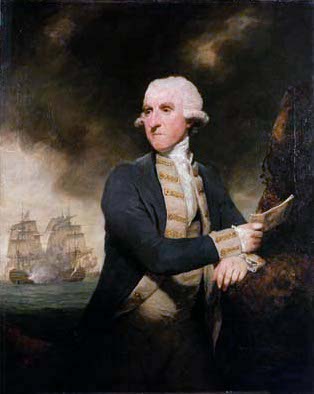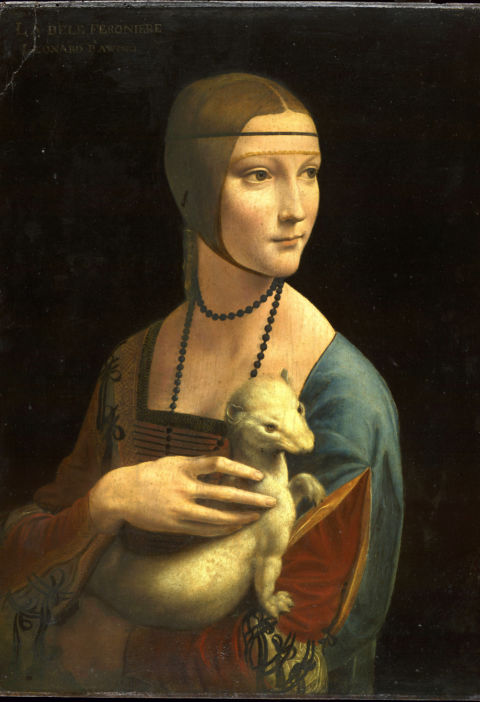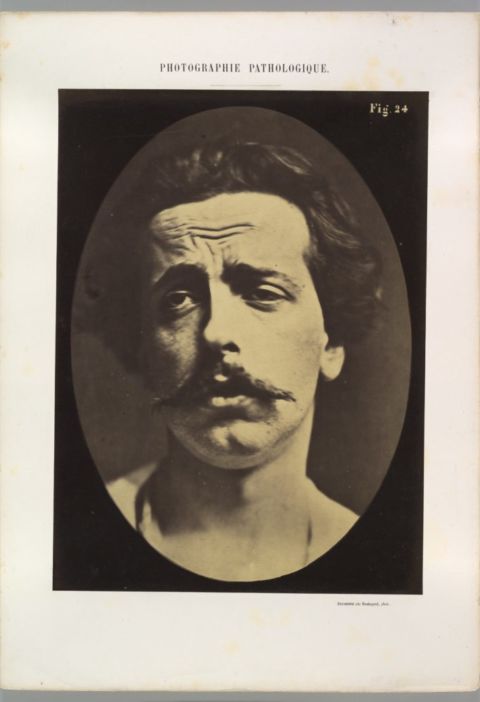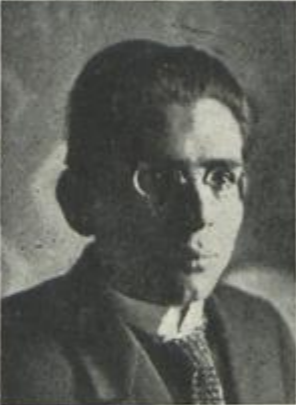<param name="flashvars"value=&offsite=true&lang=us&page_show_url=%2Fsearch%2Fshow%2F%3Fq%3Dpuerta%2Bde%2Bbisagra%2Btoledo%26l%3Dcc%26ss%3D2%26ct%3D0%26mt%3Dall%26adv%3D1&page_show_back_url=%2Fsearch%2F%3Fq%3Dpuerta%2Bde%2Bbisagra%2Btoledo%26l%3Dcc%26ss%3D2%26ct%3D0%26mt%3Dall%26adv%3D1&method=flickr.photos.search&api_params_str=&api_text=door+hinge+toledo&api_tag_mode=bool&api_license=1%2C2%2C3%2C4%2C5%2C6&api_safe_search=3&api_media=all&api_sort=relevance&jump_to=&start_index=0" /><param name="movie" value="https://www.flickr.com/apps/slideshow/show.swf?v=71649> /<param name=&allowFullScreen" value=&true" />
The Bisagra Gate was rebuilt by Alonso de Covarrubias during the reigns of Charles V and Philip II. It is one of Toledo’s most characteristic monuments and one that most impresses those who arrive in the city for the first time. Discover the legend about the Angel of the Hinge Gate.
In the courtyard enclosed by the monumental Renaissance gateway leading out of the city to the territory known as “La Sagra”, and towards the road to Madrid, we find a niche with the statue of the city’s first bishop, Saint Eugene, and above it, a tombstone with the verses that King Godo [[Wamba]] ordered to be sculpted on the gates of the city. Below, another Latin tombstone in which it is stated that it was Philip II who ordered the destruction of the Arabic inscriptions on the doors, restoring the Gothic inscriptions dedicated to the patron saints.
The statue of Charles V, under whose reign this door was erected, presides over the center of the courtyard.
The door, designed by Alonso de Covarrubias in the 16th century, replaced a previous Muslim door. The works must have been finished around 1576 under the direction of Nicolás Vergara el Mozo. This space was used for many years to control the entries and exits of people and animals, to collect taxes on manufactures and food and for festive, protocol and military activities, as it was (and is) the main access to the city.
It was not until 1934 that work began on opening two lateral entrances to the wall to avoid the continuous passage of traffic through the 16th century gate.
Legend Counts
That one sad day, the terrible plague wanted to enter the city, but the guardian angel at the top of the main entrance stopped her with his sword. amp;amp;amp;amp;quot;I have God’s permission to kill seven", said the plague and the angel let her in…
In that plague seven thousand Toledans died.
When the plague was leaving the city by the same gate, the angel reproached him: "You told me that you would only kill seven and you have killed seven thousand", to which the plague replied:
"I only killed seven, the others were killed by terror".

Photograph of the Hinge Gate at the beginning of the 20th century by eduardoasb
More information: Doors of Toledo (Municipal Archive)
<param name="flashvars"value=&offsite=true&lang=us&page_show_url=%2Fsearch%2Fshow%2F%3Fq%3Dpuerta%2Bde%2Bbisagra%2Btoledo%26s%3Dint%26ss%3D2%26mt%3Dall%26adv%3D1&page_show_back_url=%2Fsearch%2F%3Fq%3Dpuerta%2Bde%2Bbisagra%2Btoledo%26s%3Dint%26ss%3D2%26mt%3Dall%26adv%3D1&method=flickr.photos.search&api_params_str=&api_text=door+hinge+toledo&api_tag_mode=bool&api_safe_search=3&api_media=all&api_sort=interestingness-desc&jump_to=&start_index=0" /><par

